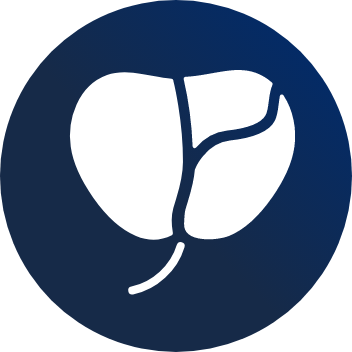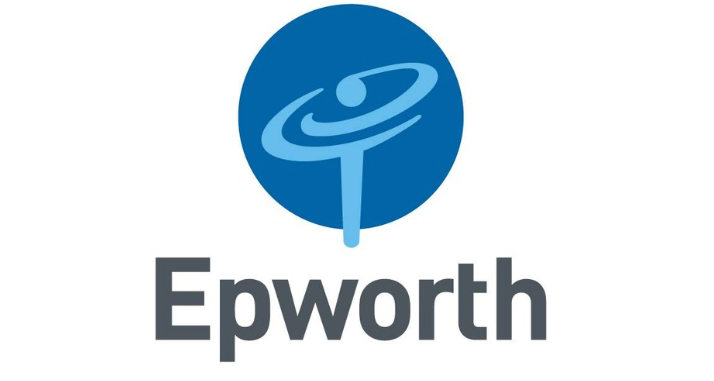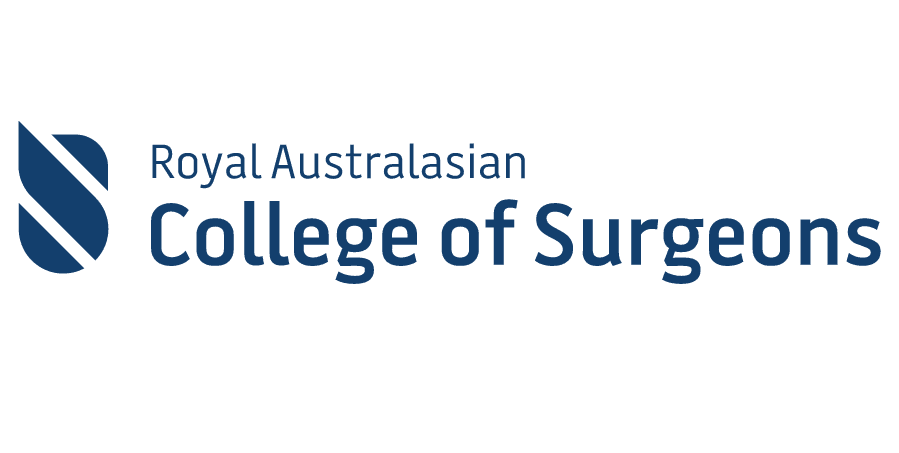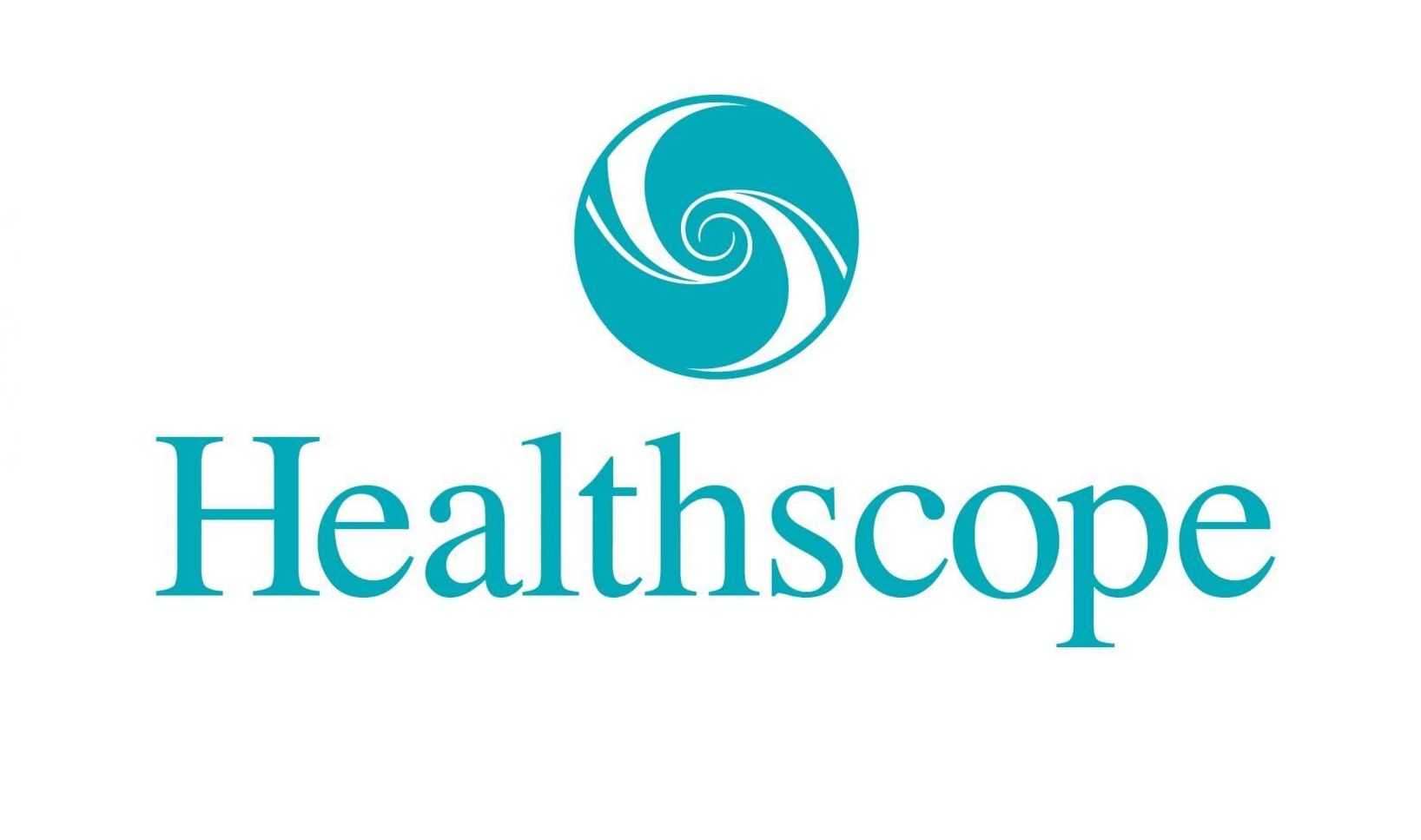Rezum Therapy
What is Rezum Therapy?
Rezum therapy, also known as water vapour thermal therapy, is a minimally invasive treatment option for BPH. It uses natural energy stored in water vapour, or steam, to treat the enlarged prostate tissue.
How Does Rezum Therapy Work?
The principle behind Rezum therapy is that heat can effectively treat prostate tissue. Steam injected into the prostate quickly transfers its thermal energy to the surrounding cells, causing them to undergo necrosis, where the cells die off.
Over time, the body's natural healing process absorbs the treated tissue, reducing the size of the prostate and relieving pressure on the urethra with a more open channel through which to urinate.
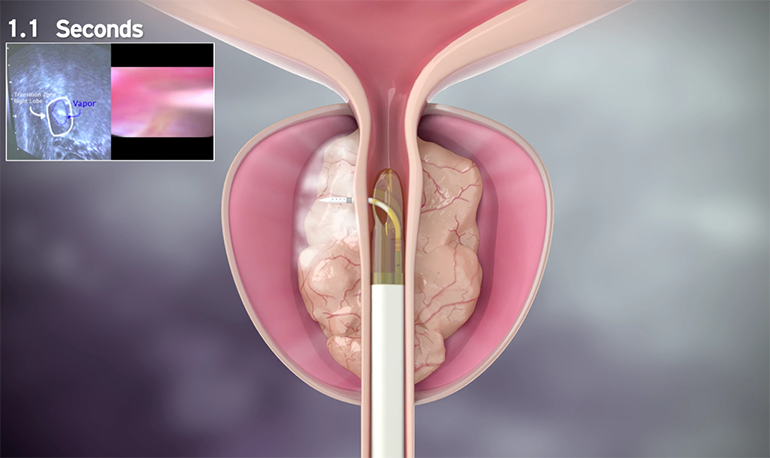
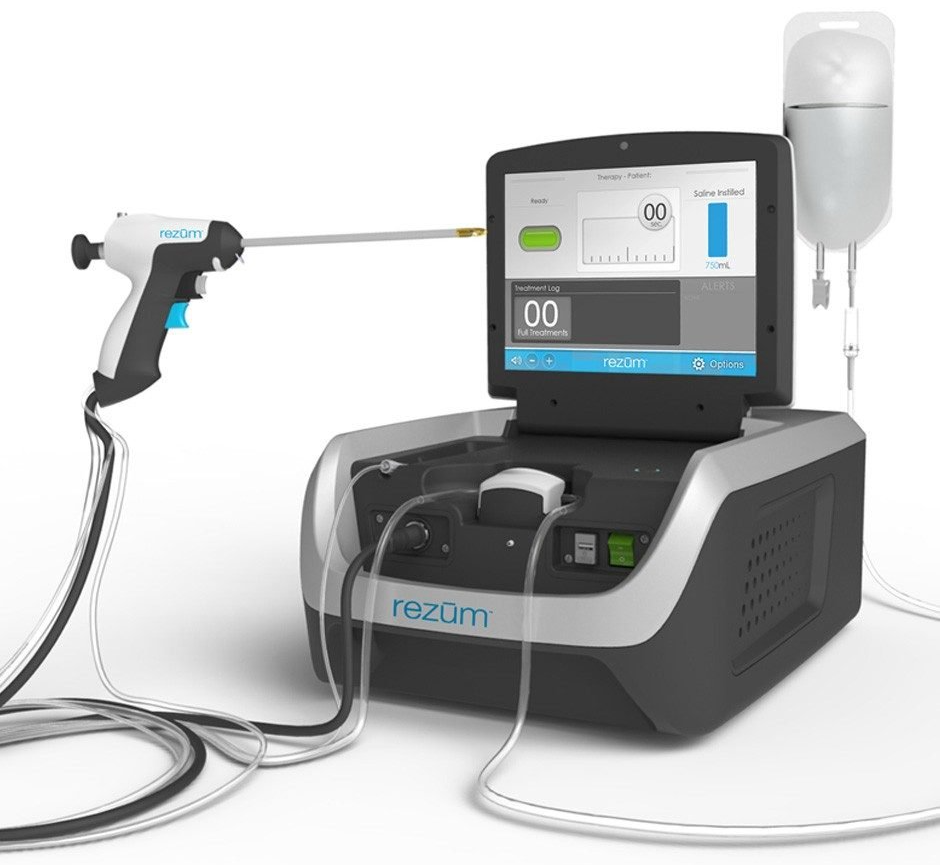
Who is Suitable for Rezum Therapy?
Rezum therapy is suitable for men who have symptomatic BPH and are seeking relief from urinary symptoms. Candidates for Rezum therapy typically have:
- Moderate to Severe Symptoms: Rezum therapy is most effective for men with moderate to severe urinary symptoms caused by BPH, such as frequent urination, weak urine stream, and difficulty emptying the bladder.
- Enlarged Prostate: Candidates for Rezum therapy have an enlarged prostate gland confirmed by medical imaging studies such as ultrasound or MRI. The optimal size for treatment is between 30 and 80 cc.
- Failed Medical Management: Men who have not experienced adequate symptom relief from medications commonly prescribed for BPH, such as alpha-blockers or 5-alpha reductase inhibitors, may be candidates for Rezum therapy.
- Good Overall Health: Candidates for Rezum therapy should be in good overall health and able to undergo a minimally invasive outpatient procedure.
Benefits of Rezum Therapy
- Minimally Invasive: Rezum therapy is a minimally invasive procedure that does not require surgical incisions. Compared to traditional surgical treatments for BPH, this means less pain, shorter recovery time, and reduced risk of complications.
- Preservation of Sexual Function: Unlike some other BPH treatments, such as surgery, Rezum therapy typically does not cause retrograde ejaculation, with preservation in 80-90% of cases.
- Day case surgery: Rezum therapy is a day case, meaning patients can usually return home the same day and resume normal activities within a few days.
- Long-term Efficacy: Studies have shown that Rezum therapy's benefits are durable, with many patients experiencing long-term relief from BPH symptoms. Data indicates reoperation rates at four years are low at 4.4%.
Alternative Options to Rezum Therapy for BPH
While Rezum therapy is an effective treatment option for BPH, there are alternative treatments available for men who may not be suitable candidates for or prefer alternatives to Rezum therapy. Some alternative options include:
- Medications
- Transurethral Resection of the Prostate (TURP)
- Holmium laser enucleation of the prostate (HoLEP)
- Urolift procedure
Preparation Before Rezum Therapy
Before undergoing Rezum therapy, patients should follow these steps to prepare for the procedure:
- Medical Evaluation: Patients will undergo a comprehensive evaluation by a urologist to confirm the diagnosis of BPH and determine if they are suitable candidates for Rezum therapy. This evaluation may include a physical examination, medical history review, and diagnostic tests such as uroflowmetry and prostate ultrasound.
- Medication Review: Patients should inform their healthcare provider about their medications, including prescription medications, over-the-counter drugs, and supplements. Some medications may need to be adjusted or temporarily discontinued before the procedure.
- Pre-procedure Instructions: Patients will receive specific instructions from their healthcare provider regarding fasting requirements, medication adjustments, and other pre-procedure preparations. Following these instructions carefully is essential to ensure the procedure's success.
- Arrange Transportation: Since Rezum therapy is typically performed as a day case, patients should arrange for transportation to and from the medical facility on the day of the procedure. They are not able to drive themselves home after receiving anaesthesia.
- Arrange Support at Home: Patients should arrange for someone to assist them during the initial recovery period following Rezum therapy. While most patients can resume normal activities within a few days, having support available during this time is helpful.
Rezum Therapy Procedure
The Rezum therapy procedure typically involves the following steps:
- Anaesthesia: Rezum therapy may be performed under sedation or regional or general anaesthesia, depending on the patient's preference and the doctor's recommendation. Anaesthesia ensures patient comfort during the procedure.
- Cystoscopy: The doctor inserts a small, telescope-like scope called a cystoscope through the urethra to reach the prostate gland. The cystoscope allows the doctor to visualize the prostate and guide the delivery of the Rezum therapy.
- Delivery of Therapy: The Rezum system delivers precisely controlled bursts of steam (9 seconds) into the prostate tissue. The steam quickly transfers its thermal energy to the surrounding cells, causing them to undergo necrosis, where the cells die off.
- Treatment Duration: The procedure typically takes 10 to 15 minutes to complete, although this may vary depending on the size of the prostate and other factors. At the completion of the procedure, a urinary catheter is placed through the urethra to the bladder. This allows the bladder to drain adequately and overcome any temporary swelling from the steam treatment.
- Post-procedure Care:
Patients are briefly monitored in a recovery area to ensure they are stable after the procedure. Once they are fully awake, detailed catheter care instructions are provided. Once the patient is confident about managing the catheter, they are discharged.
Rezum Therapy Recovery Plan
Following Rezum therapy for BPH, patients can expect the following recovery plan:
- Activity Restrictions: To allow the body to heal, patients may be advised to avoid strenuous physical activity, heavy lifting, and sexual activity for a few days following the procedure. This period will usually be for as long as the catheter is in place (5-7 days).
- Medication Management: Patients may be prescribed medications to manage post-procedure symptoms such as bladder spasms or catheter discomfort. Antibiotics may also be prescribed for the duration that the catheter remains. It's essential to take these medications as directed by the healthcare provider.
- Hydration: Drinking fluids can help minimise any burning and debris. Patients should aim to drink at least 6 to 8 glasses of water daily during recovery.
- Catheter removal: Patients will return to the hospital or clinic for catheter removal after 5-7 days when the prostate swelling has subsided. No anaesthesia is required for catheter removal, and the patient will be monitored to ensure they can pass urine several times. The bladder will also be checked by ultrasound to ensure it is emptying adequately before discharge.
- Recovery period: The full benefit of the Rezum treatment will not be apparent for many weeks after catheter removal. Your doctor may discuss with you the need for any prostate medication for up to 6 weeks after surgery to help the bladder empty. Burning on urination is the commonest side effect during this extended recovery period as the urinary flow improves and other symptoms settle.
- Follow-up appointments: Patients must schedule follow-up appointments with their healthcare providers to monitor their recovery progress and assess treatment outcomes. Based on the patient's response to Rezum therapy, additional treatments or medication adjustments may be recommended.
- Monitoring Symptoms: Patients should pay close attention to their urinary symptoms during recovery and promptly report any significant changes or concerns to their healthcare provider.
Rezum Therapy Prognosis
Clinical studies have shown that Rezum therapy provides durable relief from BPH symptoms, with at least medium-term efficacy and low retreatment rates (4.4% at 4 years).
Rezum Therapy Risks
While Rezum therapy is generally safe and well-tolerated, like any medical procedure, it carries some potential risks and complications. These risks may include:
- Temporary Urinary Symptoms: Following the procedure, patients may experience temporary urinary symptoms such as increased frequency, urgency, or discomfort during urination. These symptoms usually resolve within a few weeks as the body heals.
- Urinary Tract Infection (UTI): There is a small risk of developing a urinary tract infection following Rezum therapy. Patients may be prescribed antibiotics to reduce this risk.
- Bleeding: Some patients may experience temporary blood in the urine (hematuria) after Rezum therapy. This is usually mild and resolves on its own within a few days.
- Retained Ejaculation: In some cases, Rezum therapy may lead to retrograde ejaculation, where semen flows backward into the bladder instead of out through the urethra during ejaculation (10-20%). While this does not typically cause any harm, it may affect fertility.
- Persistent or Recurrent Symptoms: While Rezum therapy is effective for most patients, some individuals may experience persistent or recurrent BPH symptoms that require additional treatment or intervention.
